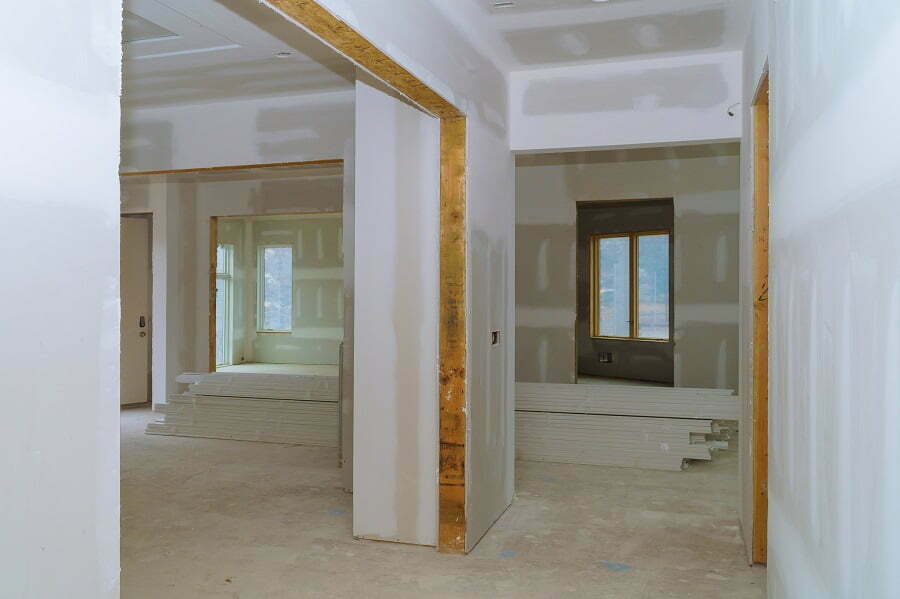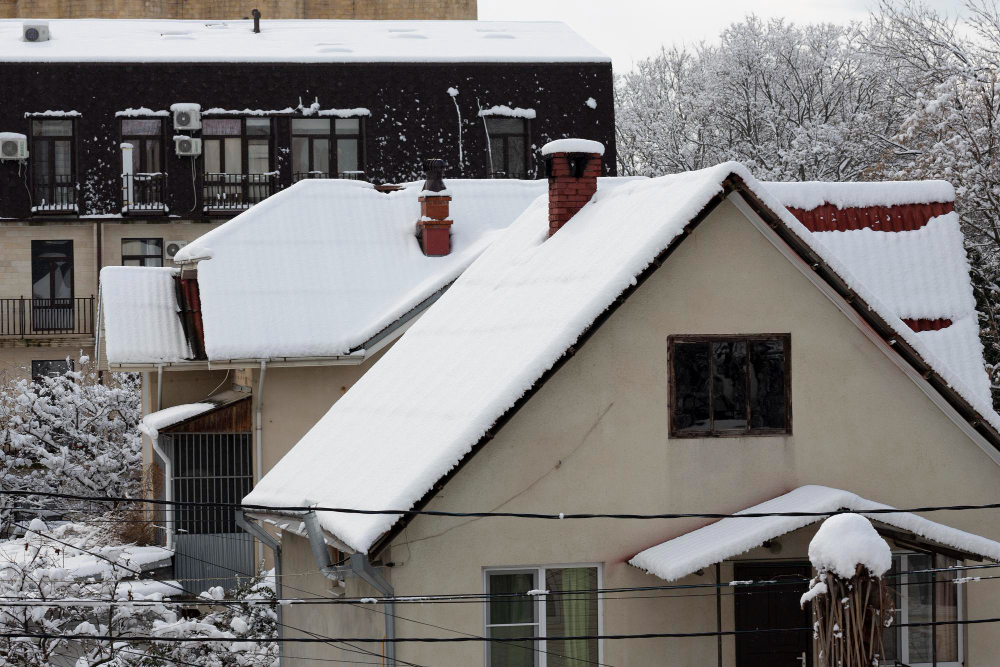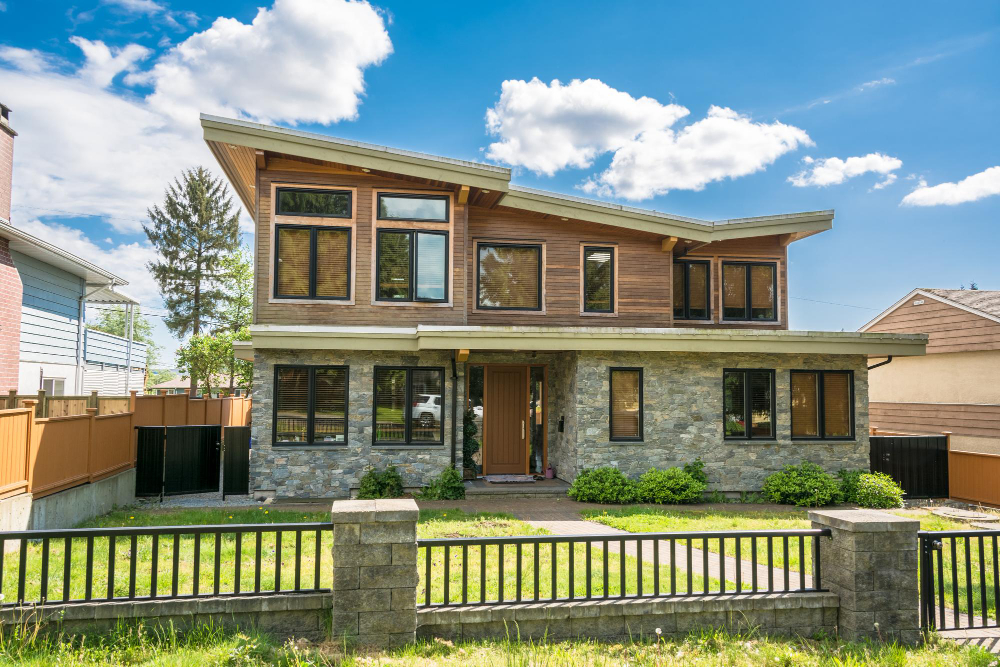Last updated on
Regarding home improvement, your roof is an element that deserves significant attention. It shields your beloved home from the harshest of weather conditions and contributes immensely to its overall aesthetic appeal.
A well-maintained, stylish roof can elevate your home’s curb appeal, increase market value, and provide security and comfort. This guide is designed to equip you with all the necessary knowledge to transform your roof into a leak-free, visually appealing, and enduring structure.
Assessing Your Roof
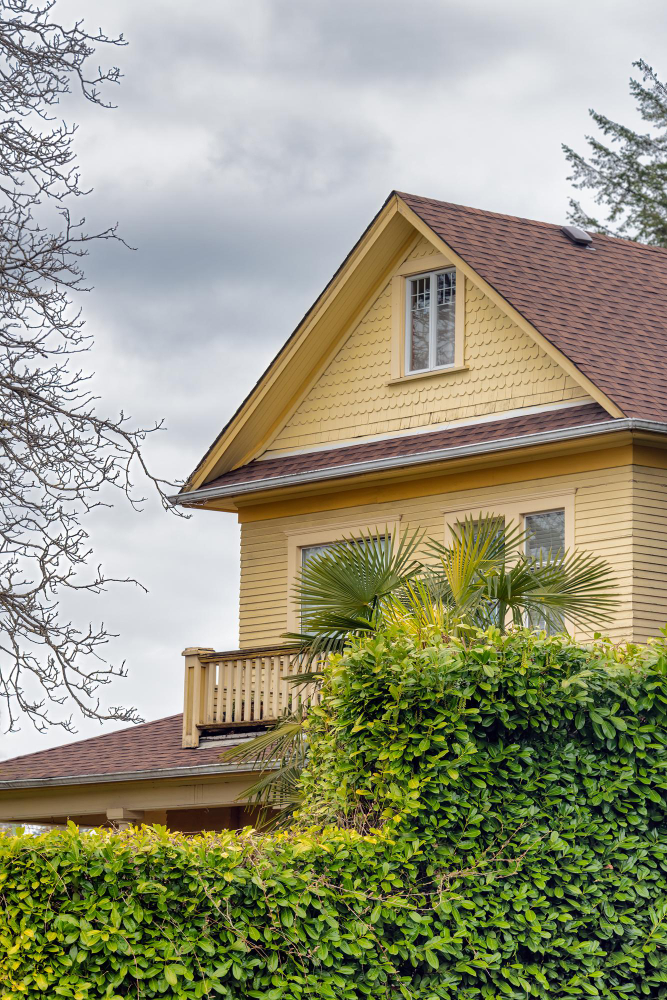
Before you start your roofing upgrade, it’s essential to assess the current condition of your roof. This will help you determine what upgrade is needed and if any repairs are necessary before moving forward.
To assess your roof, start by visually inspecting it from the ground or using a ladder to get a closer look. Look for any signs of damage, such as missing or cracked shingles, sagging areas, or water stains on the ceiling. It’s also a good idea to check for any signs of wear and tear and the age of your current roof.
If you need clarification on the condition of your roof, it’s always best to consult a professional roofing contractor. They have the expertise and knowledge to assess your roof and recommend the best action thoroughly.
Hiring a Professional Contractor
Choosing the right contractor is a critical aspect of your roof replacement journey. Finding a reliable, experienced professional specializing in roof replacement services is essential. They should have a solid track record of completed projects and positive client feedback.
The contractor should also be licensed, insured, and willing to provide a detailed, written project cost estimate. It’s advisable to get estimates from multiple contractors to ensure you’re getting a fair price.
When selecting a roofing contractor, consider their communication style and professional qualifications. The contractor should be honest, transparent, and responsive to your questions and concerns.
Reputable roof replacement services always prioritize clear communication throughout the project, explaining each step in detail and addressing any issues promptly. This level of interaction ensures that the project proceeds smoothly and builds trust and confidence in the relationship between the homeowner and the contractor.
Choosing Your Roofing Material
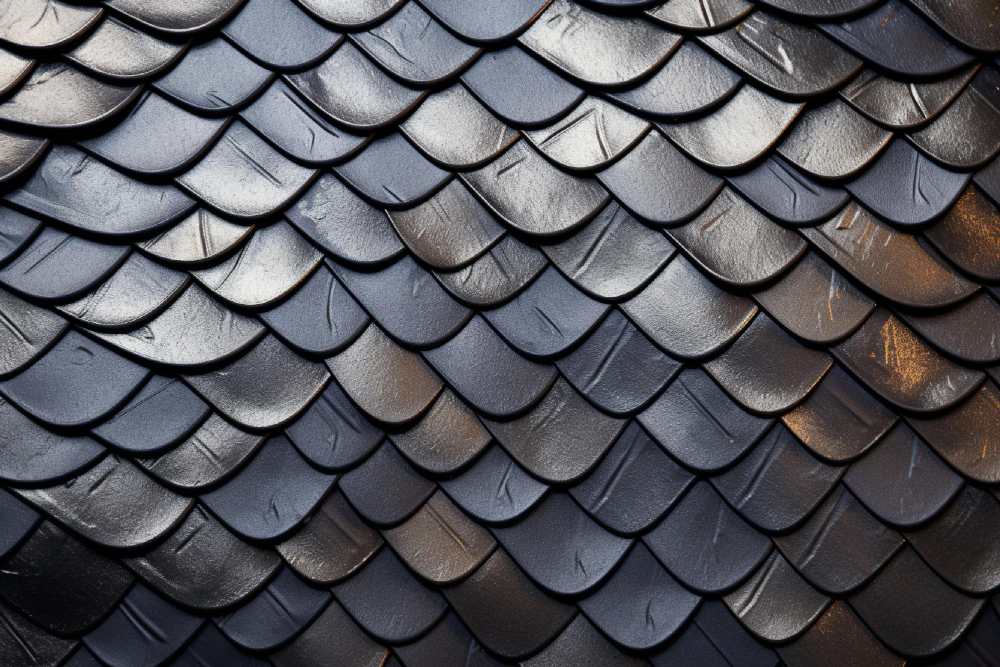
The material you pick will not only impact your house’s aesthetic appeal but also determine your roof’s longevity and durability. Several types of roofing materials are available in the market, each with distinct features, pros, and cons.
From traditional asphalt shingles to modern metal roofs, eco-friendly solar tiles, and classic slate, the choices are diverse and many. Consider factors like climatic conditions, budget, architectural style, and personal preference when selecting a roofing material.
It’s recommended that you discuss your options with your roofing contractor. They can provide valuable insights into the best materials suited to your home’s needs.
For instance, a metal roof may be a good choice if you live in an area prone to wild weather due to its high wind resistance. On the other hand, if aesthetic appeal is a top priority, slate or tile roofs might be more appropriate, albeit at a higher cost.
Preparing for the Upgrade
Before the roofing upgrade begins, preparing your home and family for the process is essential. This may involve moving outdoor furniture or plants, covering fragile items in your attic, and making arrangements for pets or children during construction.
It’s also important to discuss a timeline with your contractor to ensure the project stays on track and is completed in a timely manner. This may involve setting aside specific construction days, discussing potential delays, and establishing communication methods throughout the process.
The Upgrade Process
The actual roofing upgrade process will vary depending on the type of material chosen and the extent of the upgrade. However, there are some general steps that most roofing upgrades will follow:
- Removal of old roofing material
- Inspection and repair of the roof deck
- Installation of new underlayment and flashing
- Installation of new roofing material
- Clean-up and final inspection
It’s essential to stay in communication with your contractor throughout the process to address any concerns or questions that may arise.
Maintaining Your New Roof
Once your roof upgrade is complete, it’s essential to maintain it to ensure its longevity and effectiveness properly. This may involve regular inspections, cleaning gutters, and addressing any repairs or issues as soon as they arise.
It’s also a good idea to periodically check for any signs of damage or wear and tear, especially after severe weather events. Catching and addressing issues early can prevent larger and more costly repairs in the future.
Following this guide, you’ve taken steps towards creating a leak-free and stylish home. Remember to maintain your new roof regularly for optimal performance and consult with professionals if any issues arise. Enjoy your upgraded roofing and the peace of mind that comes with it. Here’s to a safe, comfortable, and stylish home.
Related reading:
Table of Contents

